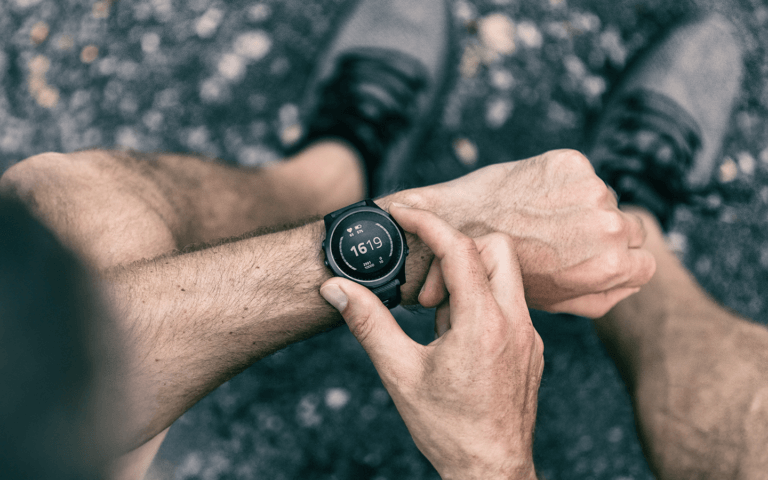My mum is a huge tennis fan. I remember having a conversation with her when I was a kid, she wondered what aliens might think of two humans knocking a ball over a net backwards and forward to each other. How bizarre!
What would they think of a long run? Putting on your running shoes and heading off for a ten-mile run, only to end up back in the very same place that you started, without having seemingly achieved anything.
The good news is that we know the secret and if you don’t, you soon will. And should those guys come down in their flying saucer and challenge you to a 5K, you’ll be ready.
How far is a long run? Generally speaking, it should be at least seven miles, depending on what you’re training for. 5K runners can go for a long run of anything from seven to 13 miles, but if you’re training for a half-marathon or marathon, you should up this to between ten and 20.

Long runs are an essential part of the runner’s training schedule. Whether you’re looking to beat your personal best at 5k or a marathon; it’s an important addition to your monthly, if not weekly, schedule.
Long runs will help to build endurance, which means that you’ll be able to maintain a faster effort for longer.
While all muscle fibers contain myoglobin, the ones we’re most concerned with targeting during the long run are the type-I (slow twitch) muscles.
If the prospect of getting up on a Sunday morning and going the distance doesn’t fill you with joy, the good news is that you can take it as slowly as you like. Many runners make the mistake of going too fast during distance runs and this can actually sabotage your training plan. There’s a myth that if you train slowly, you’ll run slowly. There’s a certain amount of truth in this if you’re only doing slow training workouts. The key is to mix it up with faster workouts on different days of the week. This way, you’re working both your fast- and slow-twitch muscles.
Long, slow runs will also help to strengthen connective tissues such as tendons, strengthen your heart and help to create a more efficient stride.
There’s a lot of debate about whether you should wear headphones during a workout. Some argue that you should be able to listen to your breathing whilst you exercise and there is certainly a case to be made for that. However, this is one exercise that I would encourage you to stick your headphones on and enjoy your favorite music or podcast whilst you run. Not only will it help to distract you from the distance ahead, it will help you relax- something you should definitely do when tackling longer distances. Remember you’re going for distance not time. And should you hear your breathing at any point over the music- you’re running too fast!
SIGN UP TO OUR JUST RUN COMPETITION TODAY
Related Articles: The Best Workout Shoes For Men – Lace Up In Style






